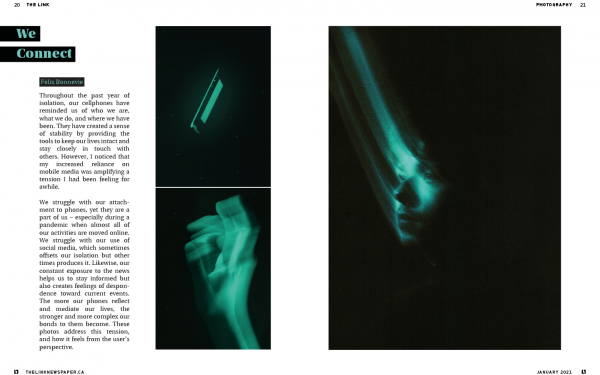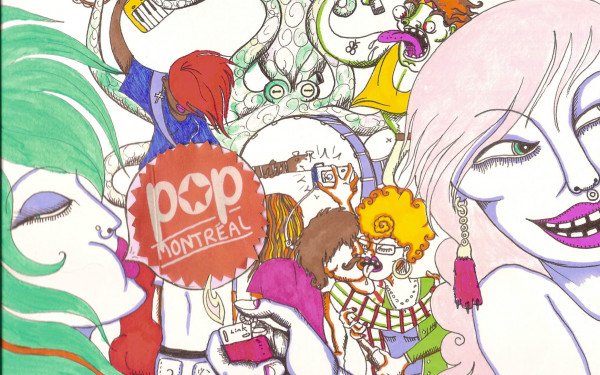Breaking All the Rules
Kim Dorland’s Enter, Light Plays With Simplicity
A baby deer is looking at me, hidden behind a tree. He stands on the left side of the painting while four adult deer seem to disappear, invaded by light. Standing in front of Kim Dorland’s Clearing, I ask myself whether the deer is waiting for something, or is he simply contemplating the human?
The notions of humans, wild animals and nature appear. Nature is more present than animals, and animals more than humans. In fact, there is something even more powerful than nature in his work: light. Bright light spreads from the back of the paintings, seeming to transform, absorb or vanish the subjects.
Is this a notion of the smallness of human beings in front of life itself?
Dorland illustrates Canadian wilderness in a personal and contemporary way. Although his paintings are about forests, we don’t see a specific one. In an interview given to Robert Enright in 2007, Dorland said, “I think there are limitations in dealing with the space formally. For me it’s about getting into the psychology of the place.”
In his work there is a connection between location and experience, hearkening to childhood memories in Alberta. He reflects a Canadian identity in his work, past and present.
Applying a limited palette of black, white and saturated bright colours—fluorescent yellows, greens and some notes of red—the background is monochromatic and bright, thinly coated, whereas the foreground is thick and dark.
There’s an uncertain spatiality, background light reaching to the front, and trees seeming to go backward, almost existing in silhouette, strongly embodied in the thickness
of the paint.
The process of painting is visible; the spectator can even see nails holding some masses of paint on the wood surface, like in Yellow background Sunset. There is a visceral quality in the way Dorland paints, but at the same time one can see that a careful and constant reflection is present throughout all his work.
Dorland’s method goes against many rules. As painting students we’re told not to use the colour of your paint right out of the tube and to mix it first to have a wide range of tones; create a dynamic composition, have a clear notion of the space in the pictorial plane.
If Dorland doesn’t follow any of these rules, why then are his paintings so captivating?
The pictorial plane is inhabited by a push and pull of the space, background and foreground shifting continuously. This phenomenon creates dynamism although the composition is extremely simple: parallels, verticals and central figures predominate.
Dorland puts into conflict our actual intuitive perception and pursuit of equilibrium and stability in the image. All his strokes are calculated, fighting against the impulse to seek perfection, with an “interest in disrupting the surface in some way [to give] a sense of restlessness.”
Enter, Light / Runs until Nov 12 / Division Gallery 9 (2020 William Rd.)

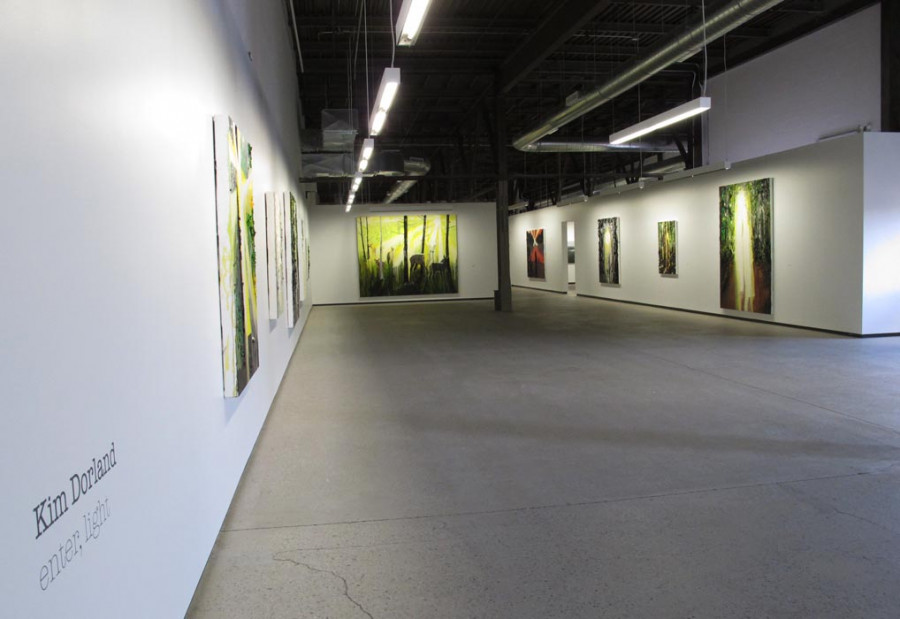
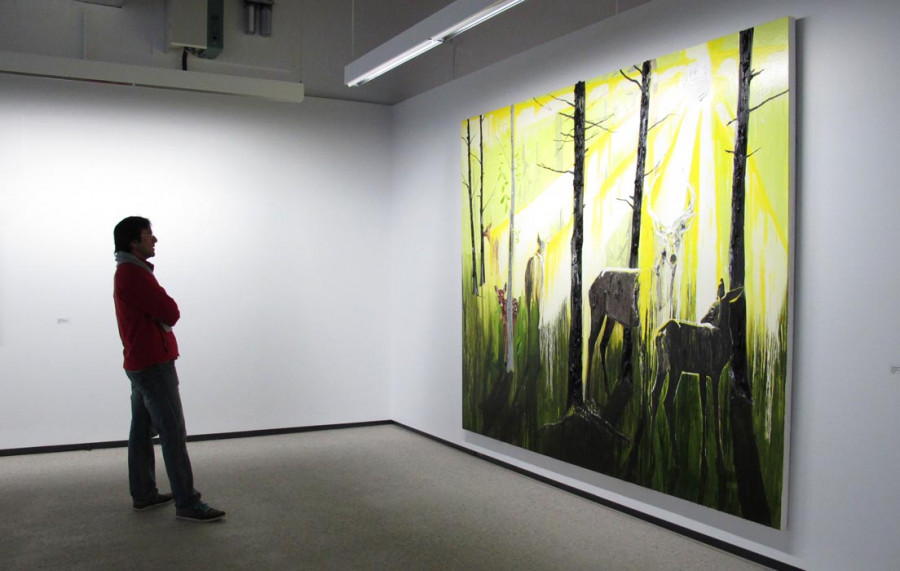
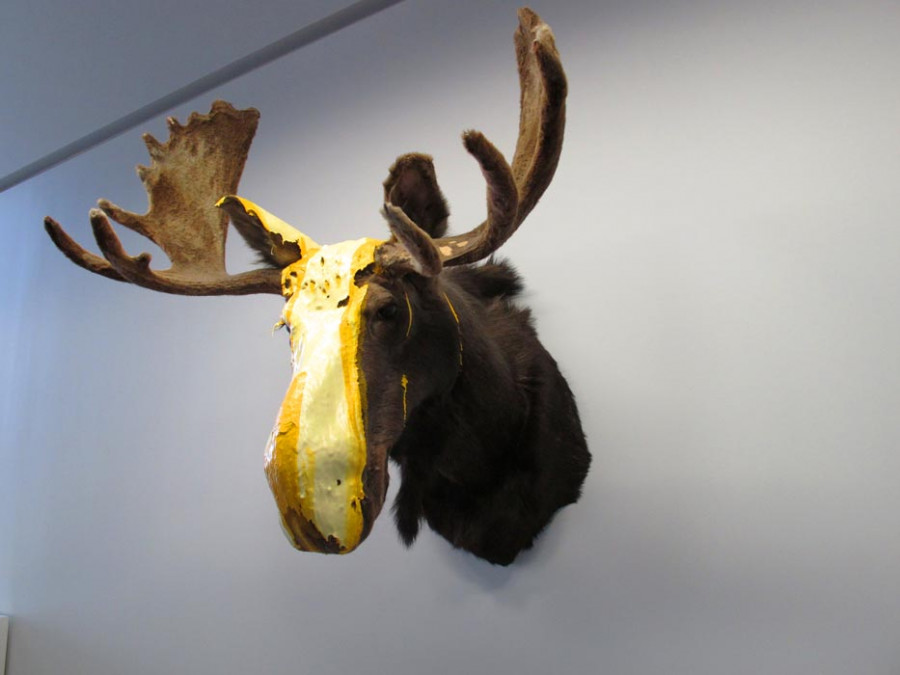
_600_832_s.png)

